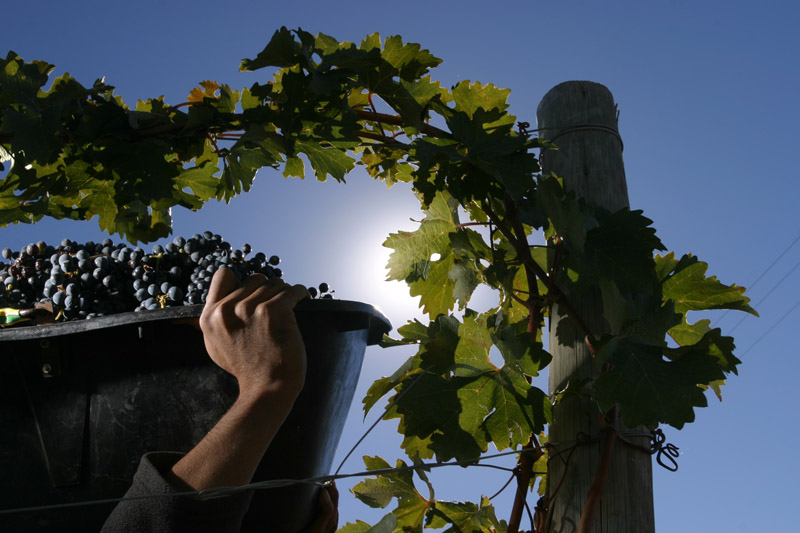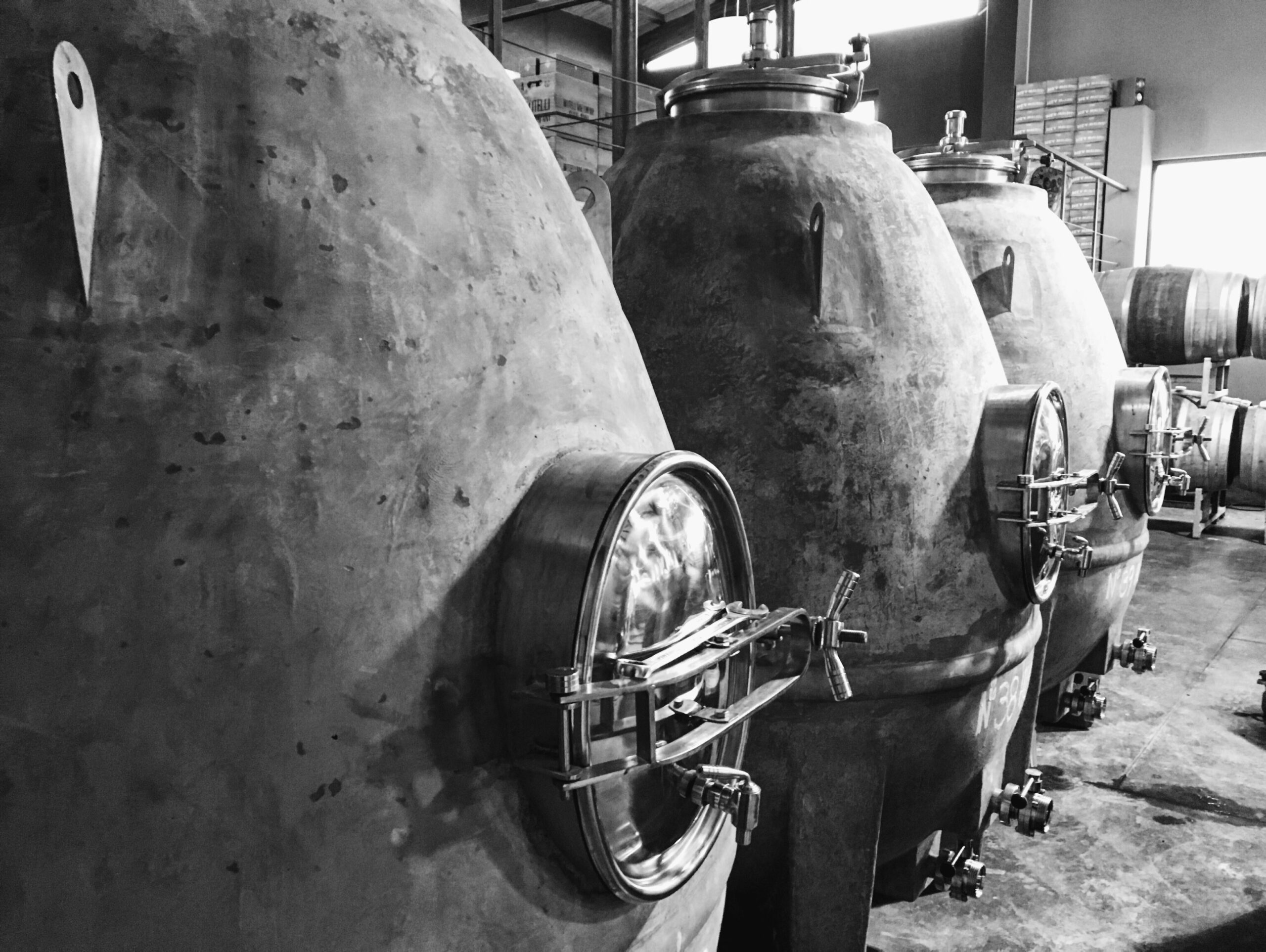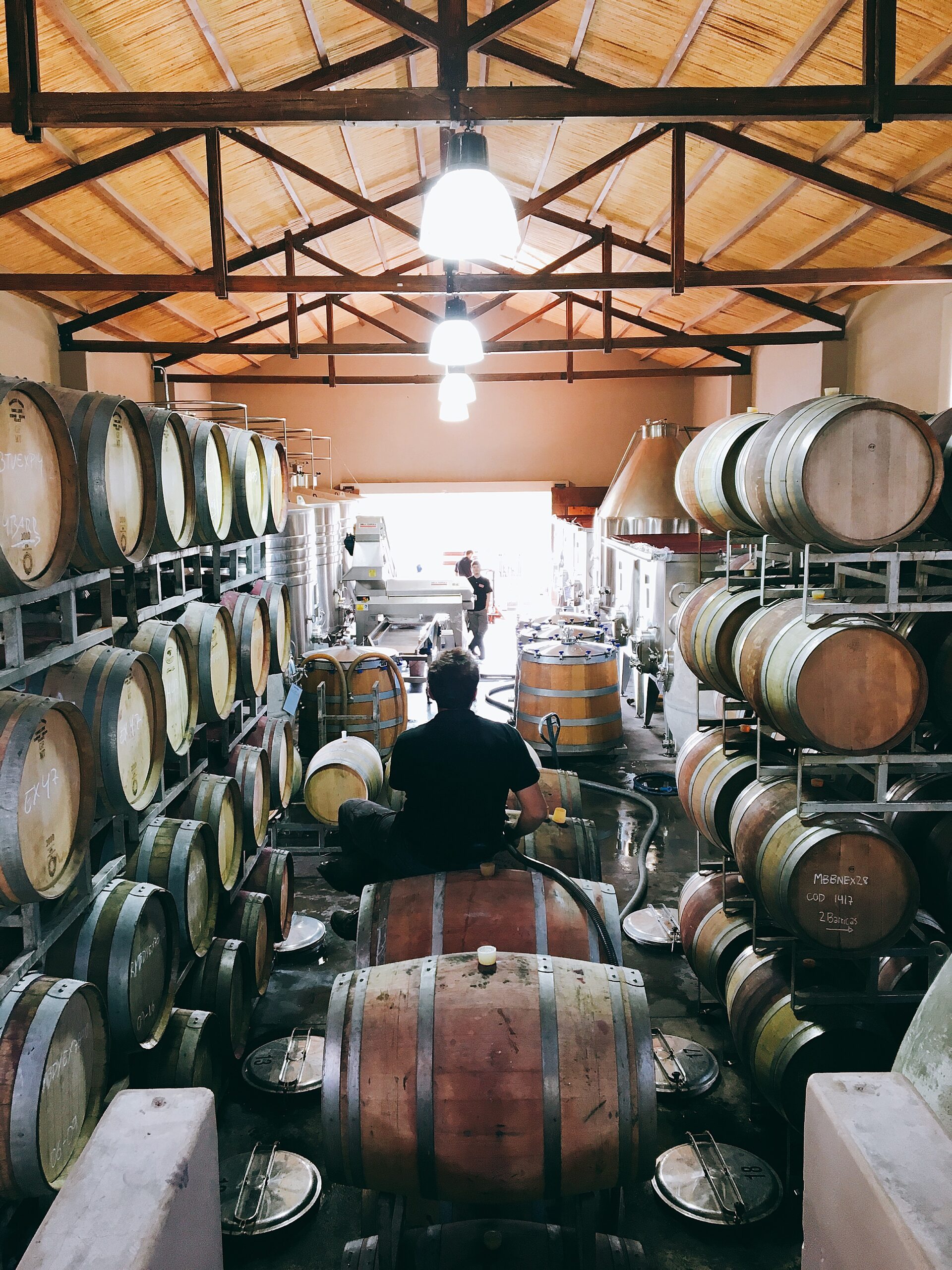Patagonian Wine, One of Argentina’s Most Stylish
Not just an outdoor company.

Each wine-producing country has its best-known regions, such as Marlborough in New Zealand, Chianti in Italy, and Bordeaux, Champagne, and Burgundy in France. For Argentina, it’s Mendoza, the sprawling region that produces the bulk of the country’s wine. But Argentina has other regions, often producing small volumes of high-quality wine, and one of them is Patagonia.
As a name, Patagonia might be better known as the maker of jackets and outdoor clothing. But Patagonia the region turns out some stunningly distinctive wines that will make you want to add the name to your wine vocabulary.
Patagonia is in the south of Argentina, lying between 36°S and 45°S (about the same latitude as New Zealand), making its vineyards among the most southern in the world. The region is essentially a desert and the vineyards are mainly located along the rivers (especially the Colorado and Río Negro) that run from the Andes and provide water to irrigate the vines.
Desert conjures up images of heat, but Patagonia’s warmth is moderated in two ways. First, cold winds blow from the Andes and cool the land – and the vineyards – during the day. Second, as a desert Patagonia tends to have cool nights, and these lower temperatures are important for retaining and developing acidity in the grapes. The result is a good balance of fruit and acidity that produces balanced wines without additional manipulation.

The result can be seen in the best Patagonia wines. Riccitelli Semillón from the Río Negro area is a delicious white with a bright, juicy texture, while Otronia 45° Rugientes Corte de Blancas (a blend of chardonnay, gewürztraminer, and pinot gris) is a vibrant, full-flavoured white. Otronia 45° Rugientes Pinot Noir is full of ripe fruit but has textural lightness thanks to the fresh, clean acidity, while Fin del Mundo Single Vineyard Malbec has more elegance than many malbecs. And even though Fin del Mundo Special Blend (malbec, cabernet sauvignon, and merlot) is a full-bodied red, it is perfectly balanced and a first glass leaves you wanting another.
The same excellent balance is evident in the Miras malbec, which is full of rich fruit flavour, but not having the power that can often dominate malbecs from warmer regions, it comes across as elegant and well structured. As for the Verum cabernet franc, it is outstanding. Cabernet francs from Argentina are too little known, and this is an excellent example of the variety, with complex fruit and perfectly calibrated acidity.
The essence of these wines is that their components – fruit, acidity, and alcohol – are finely balanced. The whites are fresh and lively and the weightier reds do not fatigue your palate as so many full-bodied wines often do. These qualities are derived from the growing conditions in Patagonia and from sensitive winemaking that preserves the character of the grapes in the finished wine.
Patagonia is a region worth exploring in person – with or without Patagonia gear – but until that is possible, you can taste it in the wine.

Fin del Mundo Limited Edition Single Vineyard Malbec 2018 (Patagonia)
Fin del Mundo Special Blend 2018 (Patagonia)
Miras Malbec 2014 (Patagonia)
Otronia 45° Rugientes’ Corte de Blancas 2018 (Patagonia)
Otronia 45° Rugientes’ Pinot Noir 2018 (Patagonia)
Riccitelli Semillón 2019 (Rio Negro, Patagonia)
Riccitelli Old Vines Malbec 2017 (Patagonia)
Verum Reserva Cabernet Franc 2018 (Alto Valle del Rio Negro, Patagonia)




